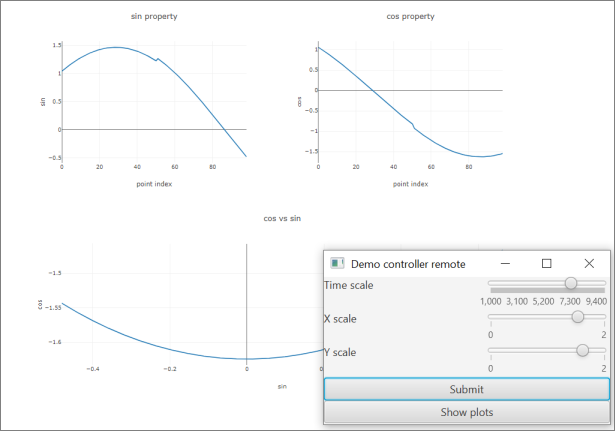DataForge-control
DataForge-control is a data acquisition framework (work in progress). It is based on DataForge, a software framework for automated data processing. This repository contains a prototype of API and simple implementation of a slow control system, including a demo.
DataForge-control uses some concepts and modules of DataForge,
such as Meta (immutable tree-like structure) and MetaItem (which
includes a scalar value, or a tree of values, easily convertable to/from JSON
if needed).
To learn more about DataForge, please consult the following URLs:
- Kotlin multiplatform implementation of DataForge
- DataForge documentation
- Original implementation of DataForge
DataForge-control is a Kotlin-multiplatform application. Asynchronous operations are implemented with kotlinx.coroutines library.
Features
Among other things, you can:
- Describe devices and their properties.
- Collect data from devices and execute arbitrary actions supported by a device.
- Property values can be cached in the system and requested from devices as needed, asynchronously.
- Connect devices to event bus via bidirectional message flows.
dataforge-control-core module packages
-
api- defines API for device management. The main class here isDevice. Generally, a Device has Properties that can be read and written. Also, some Actions can optionally be applied on a device (may or may not affect properties). -
base- contains baselineDeviceimplementationDeviceBaseand property implementation, including property asynchronous flows. -
controllers- implements Message Controller that can be attached to the event bus, Message and Property flows.
demo module
The demo includes a simple mock device with a few properties changing as sin and cos of
the current time. The device is configurable via a simple TornadoFX-based control panel.
You can run a demo by executing application/run Gradle task.
The graphs are displayed using plotly.kt library.
Example view of a demo:
